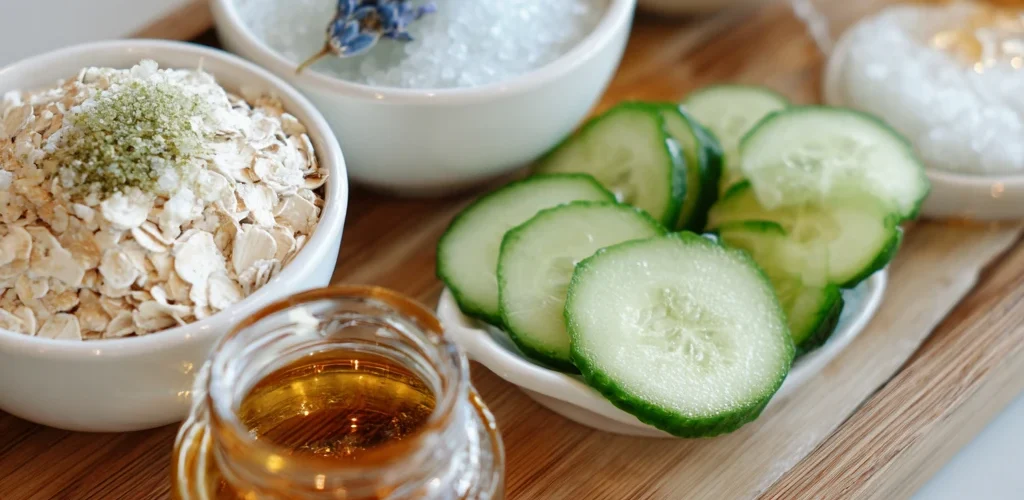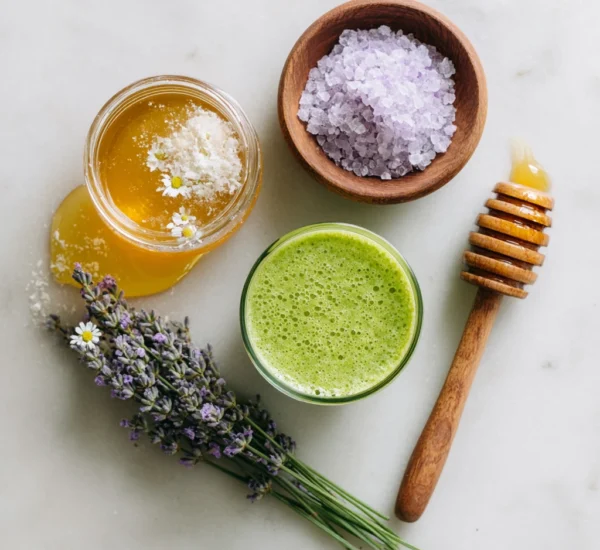Little Rituals to Make Home Feel Like a Retreat
Transforming your home into a personal retreat doesn’t require a massive renovation or a huge budget. It’s about weaving small, intentional rituals into your daily life that promote relaxation, comfort, and a sense of well-being. These little practices can shift your perspective, turning your house from a place of obligation into a sanctuary of peace.

I. Setting the Stage: Creating a Relaxing Environment
The foundation of a home retreat lies in creating an atmosphere conducive to relaxation. This involves engaging your senses and consciously curating your surroundings.
Declutter and Organize
Clutter can contribute to stress and anxiety. Start by decluttering one small area at a time, like a desk drawer or a bookshelf. The feeling of accomplishment and the visual calm will be surprisingly rewarding. As you declutter, consider donating items you no longer need or use, giving them a new life and freeing up space in your home.
Embrace Natural Light
Natural light is a natural mood booster. Open your curtains and blinds to let the sunshine in. If you lack access to ample sunlight, consider investing in a light therapy lamp to mimic the benefits of natural light. Position your favorite reading chair or workspace near a window to maximize your exposure to daylight.
Introduce Calming Scents
Aromatherapy can powerfully influence your mood. Experiment with different essential oils in a diffuser. Lavender, chamomile, and sandalwood are known for their calming properties. Light scented candles or use natural room sprays to create a fragrant and inviting atmosphere. Be mindful of scents that trigger allergies or sensitivities in yourself or others.
Cultivate Indoor Plants
Bringing nature indoors has numerous benefits. Plants purify the air, add a touch of greenery, and create a sense of tranquility. Choose low-maintenance plants like snake plants, spider plants, or succulents if you’re new to indoor gardening. Consider creating a small indoor herb garden for fresh flavors and aromas.
II. Mindful Moments: Incorporating Relaxation Techniques
Once you’ve established a relaxing environment, integrate mindful practices into your daily routine to cultivate inner peace.
Morning Meditation or Gratitude Practice
Start your day with a few minutes of meditation or a gratitude practice. Even five minutes of quiet reflection can set a positive tone for the day. Use a meditation app, listen to calming music, or simply focus on your breath. Write down three things you’re grateful for each morning to cultivate a positive mindset.
Digital Detox
Designate specific times for a digital detox. Turn off your phone, close your laptop, and disconnect from the digital world. Use this time to read a book, take a bath, or simply relax without distractions. Establish tech-free zones in your home, such as the bedroom, to promote better sleep.
Mindful Eating and Drinking
Pay attention to the flavors, textures, and aromas of your food and drinks. Avoid distractions while eating, such as watching TV or scrolling through your phone. Savor each bite and appreciate the nourishment you’re providing your body. Prepare a special cup of tea or a healthy snack to enjoy mindfully.
Gentle Movement and Stretching
Incorporate gentle movement and stretching into your daily routine. Yoga, tai chi, or even a simple walk in nature can help release tension and improve your mood. Focus on your breath and the sensations in your body as you move. Create a dedicated space for exercise, even if it’s just a small corner of a room.
III. Sensory Indulgence: Pampering Your Senses
Engage your senses with activities that bring you pleasure and relaxation.
Create a Spa-Like Bathroom
Transform your bathroom into a personal spa. Add luxurious bath products, soft towels, and soothing music. Take a long, relaxing bath with Epsom salts or essential oils. Use a face mask or hair treatment for extra pampering. Light candles and dim the lights to create a calming ambiance.
Cozy Up with Textiles
Surround yourself with soft and comfortable textiles. Use plush blankets, fluffy pillows, and cozy rugs to create a warm and inviting atmosphere. Choose fabrics that feel good against your skin, such as cotton, linen, or cashmere. Layer textures to add depth and interest to your decor.
Curate a Relaxing Playlist
Music can powerfully influence your mood. Create a playlist of your favorite calming songs. Listen to instrumental music, nature sounds, or ambient music to create a relaxing atmosphere. Use headphones to block out distractions and immerse yourself in the music.
Engage in a Creative Hobby
Engage in a creative hobby that you enjoy. Painting, knitting, writing, or playing a musical instrument can be therapeutic and relaxing. Focus on the process rather than the outcome. Allow yourself to experiment and have fun without pressure to create a masterpiece.
IV. Personalized Touches: Making it Your Own
Customize your home retreat to reflect your unique personality and preferences.
Create a Reading Nook
Designate a cozy corner for reading. Add a comfortable chair, a soft blanket, and a good reading light. Stock your reading nook with your favorite books and magazines. Create a peaceful and inviting space where you can escape into a good story.
Display Meaningful Objects
Surround yourself with objects that bring you joy and remind you of positive memories. Display photos, artwork, or souvenirs from your travels. Choose items that have personal significance and evoke positive emotions.
Designate a Relaxation Zone
Create a dedicated space for relaxation, whether it’s a meditation room, a yoga studio, or simply a comfortable corner of your living room. This space should be free from distractions and designed to promote relaxation and well-being.
Indulge in Hobbies and Interests
Dedicate time to your hobbies and interests. Whether it’s gardening, cooking, or playing games, engaging in activities you enjoy can help you relax and de-stress. Schedule time for these activities in your daily or weekly routine.
V. Maintaining the Retreat: Sustaining the Atmosphere
Creating a home retreat is an ongoing process. It requires conscious effort to maintain the atmosphere of peace and tranquility.
Regular Cleaning and Maintenance
Keep your home clean and well-maintained. A tidy and organized home is more conducive to relaxation. Schedule regular cleaning sessions and address any maintenance issues promptly.
Establish Boundaries
Set boundaries to protect your time and energy. Learn to say no to commitments that drain you and prioritize activities that bring you joy. Create clear boundaries between work and personal life to prevent burnout.
Practice Self-Care Regularly
Prioritize self-care activities that nourish your mind, body, and soul. Schedule time for these activities in your daily or weekly routine. Remember that self-care is not selfish; it’s essential for your well-being.
Adapt and Adjust
Your needs and preferences may change over time. Be willing to adapt and adjust your home retreat to reflect your evolving needs. Experiment with different rituals and practices to find what works best for you.

FAQ: Common Questions About Creating a Home Retreat
Q: How can I create a relaxing atmosphere on a budget?
A: Focus on decluttering, using natural light, and incorporating calming scents with inexpensive essential oils. Rearrange your furniture to create a more inviting space, and add cozy textiles like blankets and pillows.
Q: What are some easy ways to incorporate mindfulness into my day?
A: Start with a few minutes of daily meditation or gratitude practice. Practice mindful eating by savoring each bite, and take short breaks throughout the day to focus on your breath.
Q: How do I deal with distractions while trying to relax at home?
A: Designate specific times for digital detox and turn off notifications. Create a dedicated relaxation zone free from distractions, and communicate your need for quiet time to your family or roommates.
Q: What are the best essential oils for creating a relaxing environment?
A: Lavender, chamomile, sandalwood, and bergamot are all known for their calming and relaxing properties. Experiment with different scents to find what works best for you.
Q: How often should I clean and declutter my home to maintain a relaxing atmosphere?
A: Aim for a quick tidy-up each day and a more thorough cleaning session once a week. Decluttering should be an ongoing process, but try to dedicate a few minutes each week to get rid of unwanted items.



